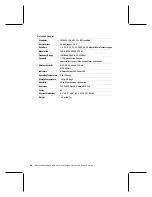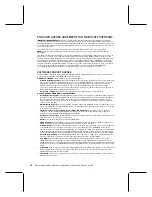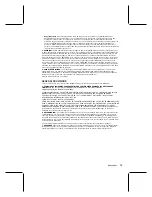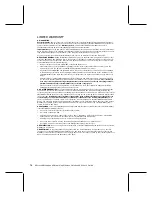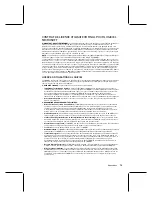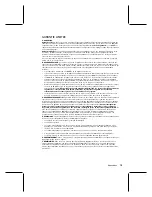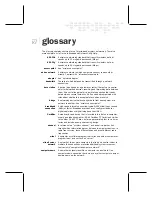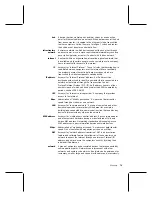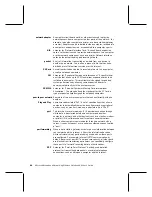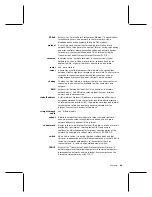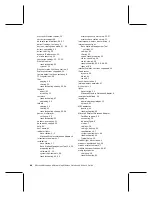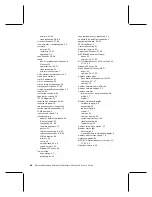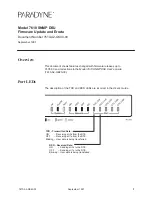
82
Microsoft Broadband Networking Wireless Notebook Kit User’s Guide
UPnP
UPnP™ standards are defined by the Universal Plug and Play Forum.
They extend conventional Plug and Play (PnP) standards. When a
UPnP device is plugged into a network, the other devices on the
network automatically detect the new device.
USB
Acronym for “universal serial bus.” A hardware standard for easily
connecting peripherals to a computer system. USB supports Plug
and Play and UPnP installation, so devices can be connected and
disconnected without shutting down and restarting your computer.
USB port
A rectangular slot in a computer or computer peripheral into which a
USB connector is inserted. USB ports can be high-powered or low-
powered. USB ports that are connected directly to your computer are
normally high-powered; USB ports that are on peripherals (such as a
keyboard or monitor) are normally low-powered. Some USB devices,
such as the Microsoft wireless adapter, require high-powered ports
to function correctly.
virtual DMZ
The Microsoft base stations support a variation of DMZ hosting
capabilities, called a “virtual DMZ.” DMZ is an acronym for
“demilitarized zone,” which refers to an area of your network that
is outside of the firewall, and so is exposed to direct access from
the Internet.
VPN
Acronym for “virtual private network.” A set of computers on a public
network, such as the Internet, that communicate among themselves
by using encryption technology.
WAN
Acronym for “wide area network.” A geographically widespread
network that might include many linked local area networks (LANs).
WEP
Acronym for “Wired Equivalent Privacy.” An encryption mechanism
that helps protect data transmitted over wireless networks. If you
are operating a wireless network, it is strongly recommended that
you enable WEP. See “WPA.”
Wi-Fi
Wi-Fi
®
is a popular term for certain wireless networks.
wireless access
A device that exchanges data wirelessly as an intermediary between
point
computers on a network, especially between wireless and wired
components of a network. An access point is not as sophisticated a
device as a base station (gateway or router). See “base station.”
WLAN
Acronym for “wireless local area network.” A network that exclusively
relies on wireless technology for device connections.
workgroup
A group of computers connected to each other over a network and
sharing computer files, printers, and other resources. All computers
on a network that wish to share resources must be members of the
same workgroup.
WPA
Acronym for “Wi-Fi Protected Access™.” A wireless security standard
that improves upon its predecessor, Wired Equivalent Privacy (WEP),
by providing stronger encryption, making a network harder to access
without proper authentication.
Summary of Contents for MN-820
Page 1: ...m ng m...
Page 6: ......
Page 24: ......
Page 44: ......
Page 82: ......
Page 94: ...m www microsoft com broadbandnetworking 0703 Part No X09 47124 03...

